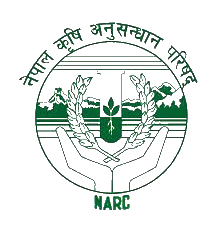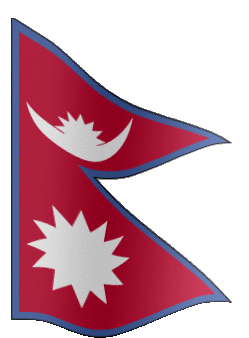२०८२-०९-०४
,
-
| क्र.स. |
शीर्षक
|
मिति
|
|---|


